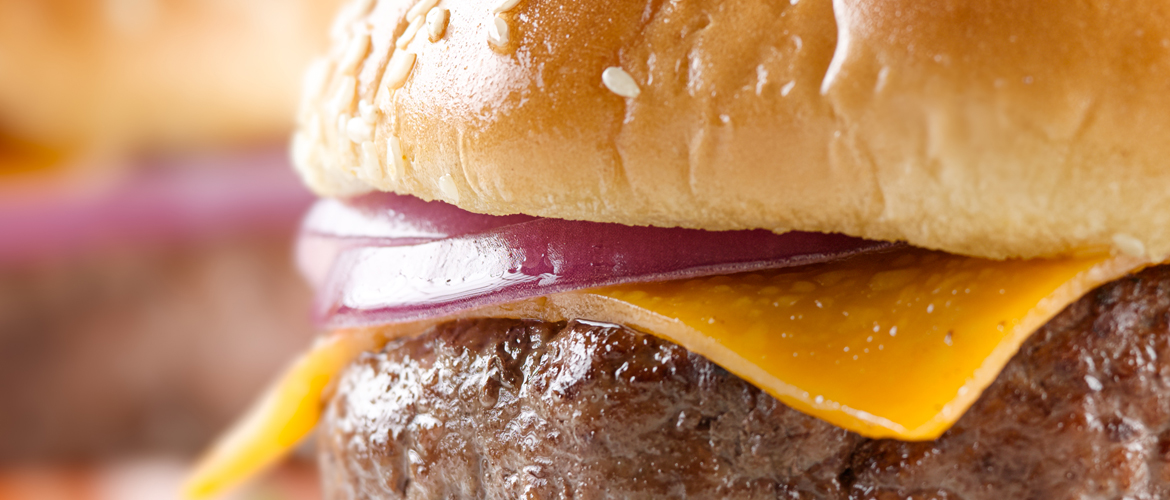Every burger deserves some love, and by love, I mean cheese. Am I right?!
Burgers are the blue jeans of the culinary world. We have burgers on a regular busy weeknight. We invite our favorite people over to enjoy burgers on the grill. We can dress up burgers or serve them as sliders. But burgers are just plain without ooey, gooey, melty, yummy cheese!
Cheeseburgers melt together two of my careers: working for beef ranchers in the past, and working for dairy farmers now. My kids love cheeseburgers, and my husband is usually the grill master. I also have fond memories of cookouts on our family farm.
So, I’ve collected some simple tools of the trade for awesome cheeseburgers.
3 golden rules for a perfect cheeseburger
- Don’t “mash” on the burger while it is grilling. This mashes out all of the juiciness of the burger. Just put it on the grill, wait until some of the red juices rise to the top of the burger, and flip it with a spatula. Then use a meat thermometer to be sure it reaches an internal temp of 160 degrees Fahrenheit.
- Think beyond American cheese. Consider cheddar, Swiss or blue. Or mix it up for smoked Gouda, havarti or pepper jack. Really, you can’t go wrong,
- Place the cheese on the burger while still on the grill, but after the burger tests for doneness. Let the cheese melt a bit and then get ready to dive in. (However, I have been known to place the cheese inside of the burger. Trickier, but awesome.)
But wait, aren’t cheeseburgers bad for you?
You may have heard, or even (gasp) said, that cheeseburgers are unhealthy. Let’s set the record straight: There are no bad foods. All foods can fit into a healthy diet.
- Less fat. The meat in the burger can be adjusted to have more or less fat, and when grilling, a big majority of the fat drips off, so the juiciest burgers are made with 80/20 ground beef, but you can choose a leaner ground beef if you want. In addition, there’s emerging scientific evidence that full-fat dairy foods are not associated with significant health risks. Full-fat dairy foods may even have some mojo going for them that we don’t fully understand yet. So don’t be afraid to include cheese in your balanced diet.
- More calcium. Cheese is a significant source of calcium. And guess what – the Dietary Guidelines for Americans say calcium is a “nutrient of concern” (meaning most people don’t eat enough calcium and there is concern about health risks such as osteoporosis and broken bones).
- Whole grains. Simply choose whole grain buns to meet dietary recommendations for making half of your grains whole.
- Pack on the veggies. Be creative and add mushrooms, grilled peppers, onions, avocado or pineapple (OK, that’s a fruit, but you get the idea).
Check out these awesome cheeseburger recipe collections. From Monterey jack to queso to pimento, you can definitely find the cheeseburger you love.
So, the real question is not, “Do you want cheese on your burger?” The question is, "What kind?"




